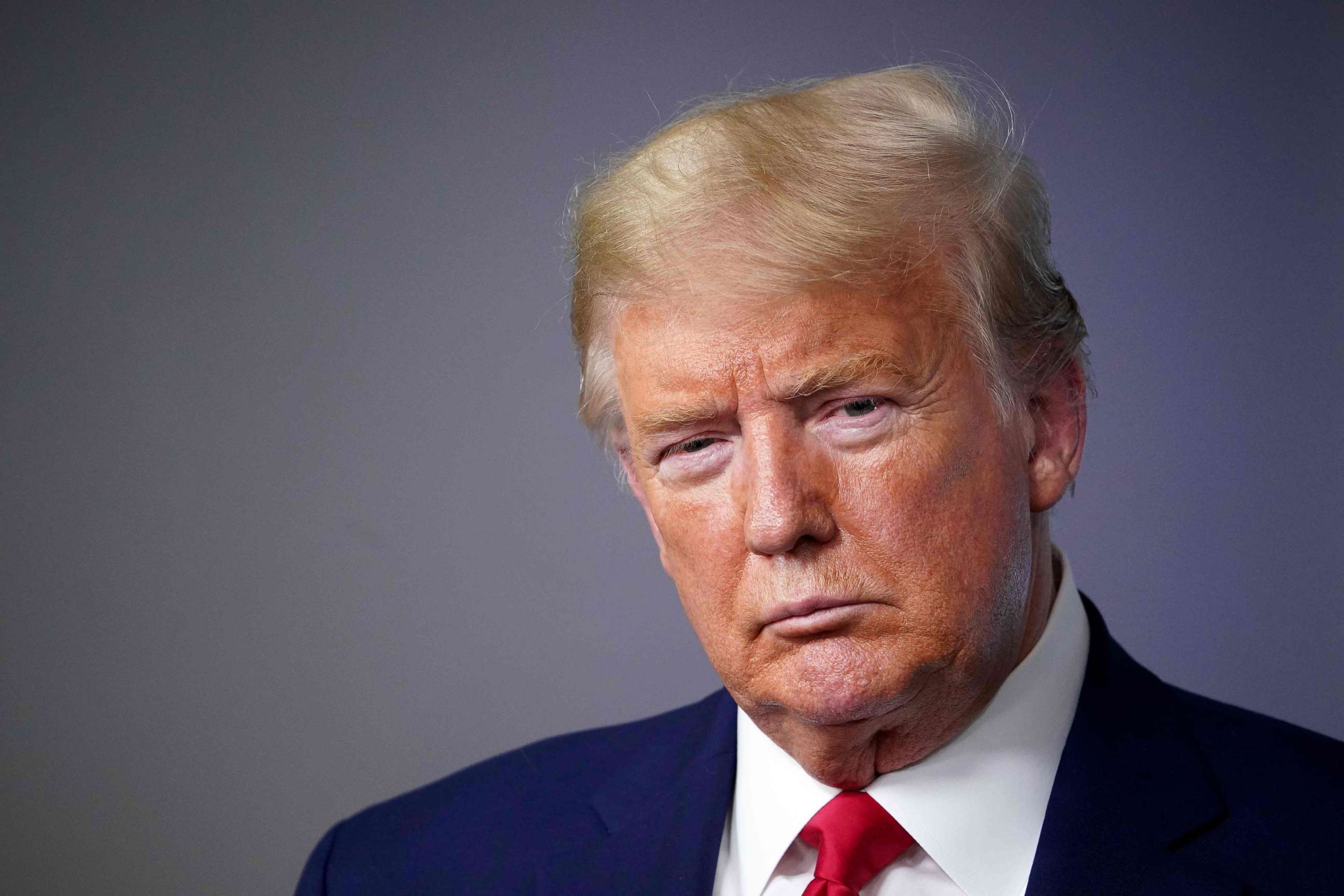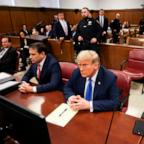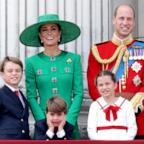Trump tries to come to grips with the future, rewrite history: ANALYSIS
Trump finally accepts reality, but couldn't be honest about himself.
The ugly truth was finally revealed during Tuesday's daily task force briefing at the White House. After months of downplaying the damage COVID-19 will likely wreak, President Donald Trump appeared to have accepted the grim reality.
Somber and subdued, he told Americans that they were in for a "very painful" next two weeks. And if they behave responsibly, he said, the death toll would hover between 100,000 and 240,000 Americans.
Long gone were unrealistic hopes that Americans would be "packing the churches" by Easter, and that there would be a miraculous eradication of the virus. At long last, he leveled with Americans.
Tune into ABC at 1 p.m. ET and ABC News Live at 4 p.m. ET every weekday for special coverage of the novel coronavirus with the full ABC News team, including the latest news, context and analysis.
"I want every American to be prepared for the hard days that lie ahead," Trump said. We're gonna go through a very tough two weeks. And then hopefully as the experts are predicting, as, I think, a lot of us are predicting, after having studied it so hard, we’re going to start seeing some real light at the end of the tunnel but this is going to be a very painful, very very painful two weeks."

But it wasn't just the grim death toll scenario he finally appeared to come to grips with. He also offered a rare personal reflection about the difficulty he's had, admitting he struggles to deliver bad news.
President Trump communicates in superlatives. The "biggest," "best," "most beautiful." Rarely, if ever, does he associate himself with the "worst," or the "disastrous." But he no longer has a choice.
He admitted he doesn't like to deliver the bad news to Americans. That's why he said he didn't tell us sooner. "From the beginning... I knew how bad it was," Trump claimed.
But he said he couldn't bring himself to share the news. "I want to be positive," the president said. "I don't want to be negative. I'm a positive person. Somebody said ‘Oh I wish you'd be more negative.’... You know, I'm a cheerleader for the country."
But that's a problem. Giving false hope is a problem. Comparing the pandemic to flu is a problem. Telling people it's under control -- when it's not -- is a problem. These statements don't work when the mission set by medical experts is to keep Americans isolated from each other. It works against that message.
So, it's no wonder even in a moment where he appeared more candid, he still struggled to come to grips with the misleading message he'd offered until this point.
"I mean, I've had many friends, business people, people with great actually common sense -- they said, “why don't we ride it out?” -- a lot of people have said. A lot of people have thought about it. Ride it out. Don't do anything, just ride it out and think of it as the flu, but it's not the flu. It's vicious."
It appeared almost as if he was talking about himself in the third person. Just last week he was telling the nation he wanted to open up the country -- or parts of it -- by Easter.
And literally one of the people likening this disease to the flu on a national level was Donald Trump.
On Feb. 27 he said, during a press briefing, "This is a flu. This is like a flu."
In a March 9 tweet he suggested Americans think of this in the context of the common flu.
"So last year 37,000 Americans died from the common Flu. It averages between 27,000 and 70,000 per year. Nothing is shut down, life & the economy go on. At this moment there are 546 confirmed cases of Coronavirus, with 22 deaths. Think about that!," Trump wrote.
Most striking was his comment that New York "started late" in its response. It's a bold accusation from a president who, at the start of the crisis, told America it could go away "like a miracle" and that the 15 initial cases could soon be down to zero.
Tuesday's briefing will likely be remembered both as the day he embraced the historic devastation we face, and the day Trump tried and failed to rewrite history about his own role in this moment.
What to know about coronavirus:
- How it started and how to protect yourself: coronavirus explained
- What to do if you have symptoms: coronavirus symptoms
- Tracking the spread in the US and Worldwide: coronavirus map




